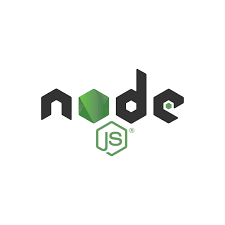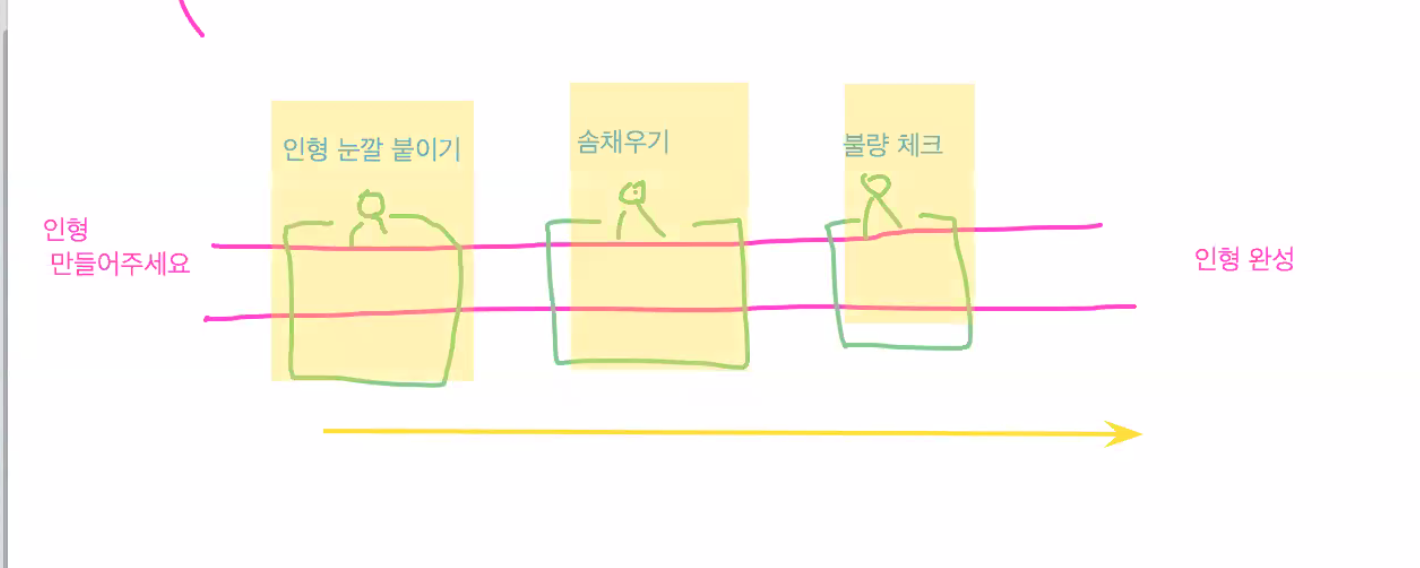
라우팅메소드
라우트 메소드는 HTTP 메소드 중 하나로부터 파생되며, express 클래스의 인스턴스에 연결됩니다.
ex) GET/POST
// GET method route
app.get('/', function (req, res) {
res.send('GET request to the homepage');
});
// POST method route
app.post('/', function (req, res) {
res.send('POST request to the homepage');
});Express는 HTTP 메소드에 해당하는 다음과 같은 라우팅 메소드를 지원합니다.
get, post, put, head, delete, options, trace, copy, lock, mkcol, move, purge, propfind, proppatch, unlock, report, mkactivity, checkout, merge, m-search, notify, subscribe, unsubscribe, patch, search 및 connect.
- 올바르지 않은 JavaScript 변수 이름으로 변환되는 메소드를 라우팅하려면 대괄호 표기법을 사용하십시오.
ex) app['m-search']('/', function ... 등과 같습니다.
app.all()
-
이 메소드는 모든 요청 메소드에 대해 한 경로에서 미들웨어 함수를 로드하는 데 사용됩니다.
-
http 모듈에서 지원되는 기타 모든 HTTP 요청 메소드를 사용하는 경우 등의 “/secret”에 대한 요청을 위하여 핸들러가 실행됩니다.
app.all('/secret', function (req, res, next) {
console.log('Accessing the secret section ...');
next(); // pass control to the next handler
});라우트 경로
라우트 경로는, 요청 메소드와의 조합을 통해, 요청이 이루어질 수 있는 엔드포인트를 정의합니다.
라우트 경로는 문자열, 문자열 패턴 또는 정규식일 수 있습니다.
문자열 기반
/
app.get('/', function (req, res) {
res.send('root');
});/about
app.get('/about', function (req, res) {
res.send('about');
});acd 및 abcd
app.get('/ab?cd', function(req, res) {
res.send('ab?cd');
});
//'/ab?cd' - > b가 맞거나 틀리거나 / abcd/ acdabcd, abbcd 및 abbbcd
app.get('/ab+cd', function(req, res) {
res.send('ab+cd');
});
// b+ b가 더해질수 있다.abcd, abxcd, abRABDOMcd 및 ab123cd
app.get('/ab*cd', function(req, res) {
res.send('ab*cd');
});
//*아무거나 들어올수 있다./abe 및 /abcde
app.get('/ab(cd)?e', function(req, res) {
res.send('ab(cd)?e');
});
//() 안에 생략 가능정규식 기반
라우트 이름에 “a”가 포함된 모든 항목
app.get('/ab(cd)?e', function(req, res) {
res.send('ab(cd)?e');
});butterfly 및 dragonfly와 일치하지만, butterflyman 및 dragonfly man 등과 일치하지 않습니다.
app.get(/.*fly$/, function(req, res) {
res.send('/.*fly$/');
});라우트 핸들러
미들웨어와 비슷하게 작동하는 여러 콜백 함수를 제공하여 요청을 처리할 수 있습니다. 유일한 차이점은 이러한 콜백은 next('route')를 호출하여 나머지 라우트 콜백을 우회할 수도 있다는 점입니다.
하나의 라우트
app.get('/example/a', function (req, res) {
res.send('Hello from A!');
});2개 이상의 콜백 함수는 하나의 라우트를 처리할 수 있습니다
app.get('/example/b', function (req, res, next) {
console.log('the response will be sent by the next function ...');
next();
}, function (req, res) {
res.send('Hello from B!');
});- 하나의 콜백 함수 배열은 하나의 라우트를 처리할 수 있습니다.
- 독립적인 함수와 함수 배열의 조합은 하나의 라우트를 처리할 수 있습니다.
응답 메소드
| 메소드 | 설명 |
|---|---|
| res.download() | 파일이 다운로드되도록 프롬프트합니다. |
| res.end() | 응답 프로세스를 종료합니다. |
| res.json() | JSON 응답을 전송합니다. |
| res.jsonp() | JSONP 지원을 통해 JSON 응답을 전송합니다. |
| res.redirect() | 요청의 경로를 재지정합니다. |
| res.render() | 보기 템플리트를 렌더링합니다. |
| res.send() | 다양한 유형의 응답을 전송합니다. |
| res.sendFile() | 파일을 옥텟 스트림의 형태로 전송합니다. |
| res.sendStatus() | 응답 상태 코드를 설정한 후 해당 코드를 문자열로 표현한 내용을 응답 본문으로서 전송합니다. |
app.route()
app.route()를 이용하면 라우트 경로에 대하여 체인 가능한 라우트 핸들러를 작성할 수 있습니다.
경로는 한 곳에 지정되어 있으므로, 모듈식 라우트를 작성하면 중복성과 오타가 감소하여 도움이 됩니다.
app.route('/book')
.get(function(req, res) {
res.send('Get a random book');
})
.post(function(req, res) {
res.send('Add a book');
})
.put(function(req, res) {
res.send('Update the book');
});express.Router
express.Router 클래스를 사용하면 모듈식 마운팅 가능한 핸들러를 작성할 수 있습니다. Router 인스턴스는 완전한 미들웨어이자 라우팅 시스템이며, 따라서 “미니 앱(mini-app)”이라고 불리는 경우가 많습니다.
var express = require('express');
var router = express.Router();
// middleware that is specific to this router
router.use(function timeLog(req, res, next) {
console.log('Time: ', Date.now());
next();
});
// define the home page route
router.get('/', function(req, res) {
res.send('Birds home page');
});
// define the about route
router.get('/about', function(req, res) {
res.send('About birds');
});
module.exports = router;이후 앱 내에서 다음과 같이 라우터 모듈을 로드하십시오.
var birds = require('./birds');
...
app.use('/birds', birds);앱은 이제 /birds 및 /birds/about에 대한 요청을 처리할 수 있게 되었으며, 해당 라우트에 대한 특정한 미들웨어 함수인 timeLog를 호출할 것입니다.
미들웨어가 할수 있는 일
- Cors 헤더 자동 적용
- body를 text든 json이든 알아서 잘 해석해 줌.
- 에러처리와 디버깅에 용이 ( 모든 요청에 대해 Url이나 메소를 확인해줌)
- 권한에 따른 처리가능 ( 헤더에 있는 인증정보를 통해)
- Prefix(접두어)가 중복될때 라우팅을 편하게
미들웨어의 역할

미들웨어의 예시
const myLogger = (req, res, next) => {
const { method, url} = req
console.log(method,url)
next() 다른 미들웨어를 실행시켜려면 next를 써야한다 마지막에!인증정보 미들웨어 만들기 예시
const checkAdmin = (req, res, next) => {
if(req.headers.Authentication === '관리자') {
next()
}
else {
res.send('관리자 아니니까 나가')
}
}
app.post('/admin-only', checkAdmin, (req,res) =>{
})